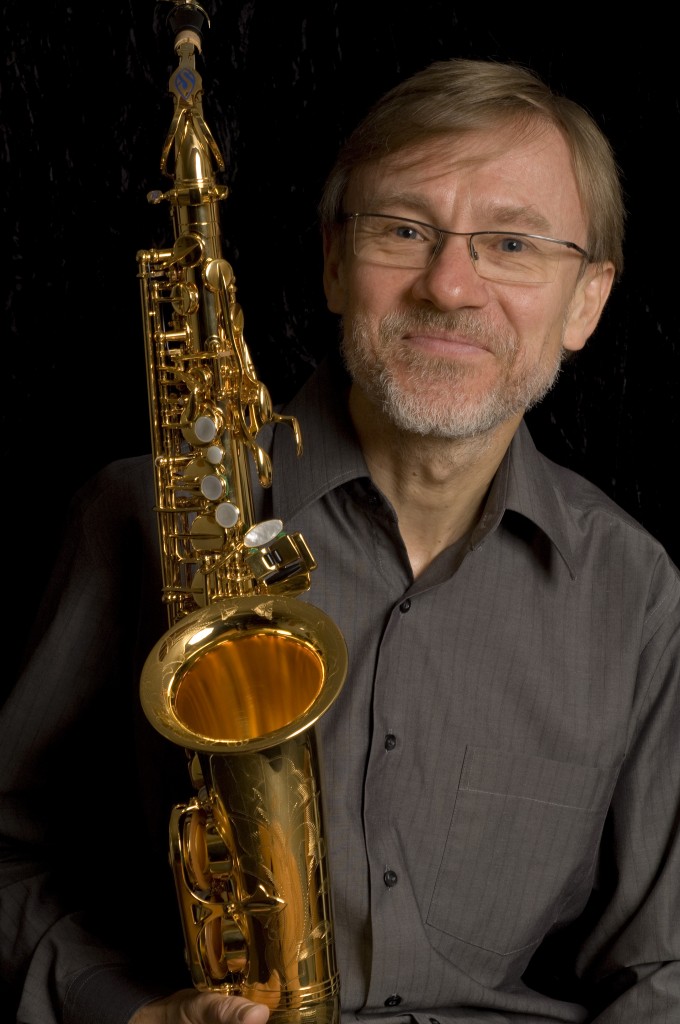From sound to gesture / Du son au geste
Website(s) : http://WWW.SAX-DELANGLE.COM
Is virtuosity a necessary pain ? Always further ? Why ? For whom ? Movement is fascinating because movement is life. From sound to gesture, one step.



Biography
Soloist, researcher and pedagogue, Claude Delangle, one of the greatest contemporary saxophonists, stands out as the master of the French saxophone. Privileged interpreter for classic works, he enriches the repertoire and encourages creation by collaborating with the most renowned composers, including L. Berio, P. Boulez, Toru Takemitsu, A. Piazzolla, and promoting the youngest. Since 1986, he is invited saxophonist in the Ensemble Intercontemporain, he also appears as soloist with the most prestigious orchestras (London BBC, Radio France, Radio of Finland, WDR Köln, Berlin Philharmonic, Kioi Tokyo) and works with D. Robertson, P. Eötvös, K. Nagano, E.P. Salonen, Miung Wung Chung, G. Bernstein and many other conductors.
More information
The Etude for instrument and dancing body
The instrumental Etude: an interface between the composer and the performer.
In his everyday work, a performer analyses various parameters with regard to his instrument or to his performance. He is thus faced with their possibilities and their limitations; getting acquainted with the works and with the corresponding techniques takes place in an uncharted territory, the exploration of which leads to discovering one’s own musical identity. The conclusions of an instrumental Etude shape the tone or the gesture of the performer and can materialise in the form of instrumental language, exercises or pieces transformed into etudes.
Before using a new instrument (or writing for a performer in particular), the composer undertakes a study of that instrument (or performer) by analysing its (his) potential and by observing its (his) behaviour in specific musical contexts. This context-setting occurs when the composer meets the performer and their work merges. One or the other will then convert the resulting sounds into notations which will eventually, directly or indirectly, take the shape, of a musical score. In this case, the draft or the elaborate etude is related to the composer’s language and reveals some of his observations or interrogations.
This program presents reflections on the instrument Etude as a meeting place in contemporary creation. These reflections are developed in several practical ways related to the saxophone and to saxophone teaching at the Paris Conservatoire. They are presented as an introduction to the first public presentation of works created as a part of the research project ”The Etude for Instrument(s), Voice and Dancing Body”. These pieces, developed into two or three plus dancing, analyse the genre of the etude through the relationship with the other musician and/or through the connection between eye and ear and addresses the issue of the inner and outer virtuosities: musical gesture sometimes implied and expressed through dancing.
”Solo” (11’) by Bruno Mantovani, composed for Claude Delangle in 2014 with techniques that never was used that way: pitch variations on one of the frequencies of a trill on the soprano saxophone with progressive inflections of the unison towards the quarter tone.
This highly technical piece is performed for the first time in France with choreography by dancer Anne-Hélène Kotoujansky at the SaxOpen festival. This is the fifth time this work is performed, after Osaka, Parma, Roma and Sueca.
This commission is supported by Selmer-Paris, in honour of the Adolphe Sax bicentennial. Bruno Mantovani, Director of the Paris National Conservatoire, is a tremendously successful composer and conductor. He has written two concertos for saxophone and “Incandescence de la Bruine” for soprano saxophone and piano.


 EN
EN FR
FR